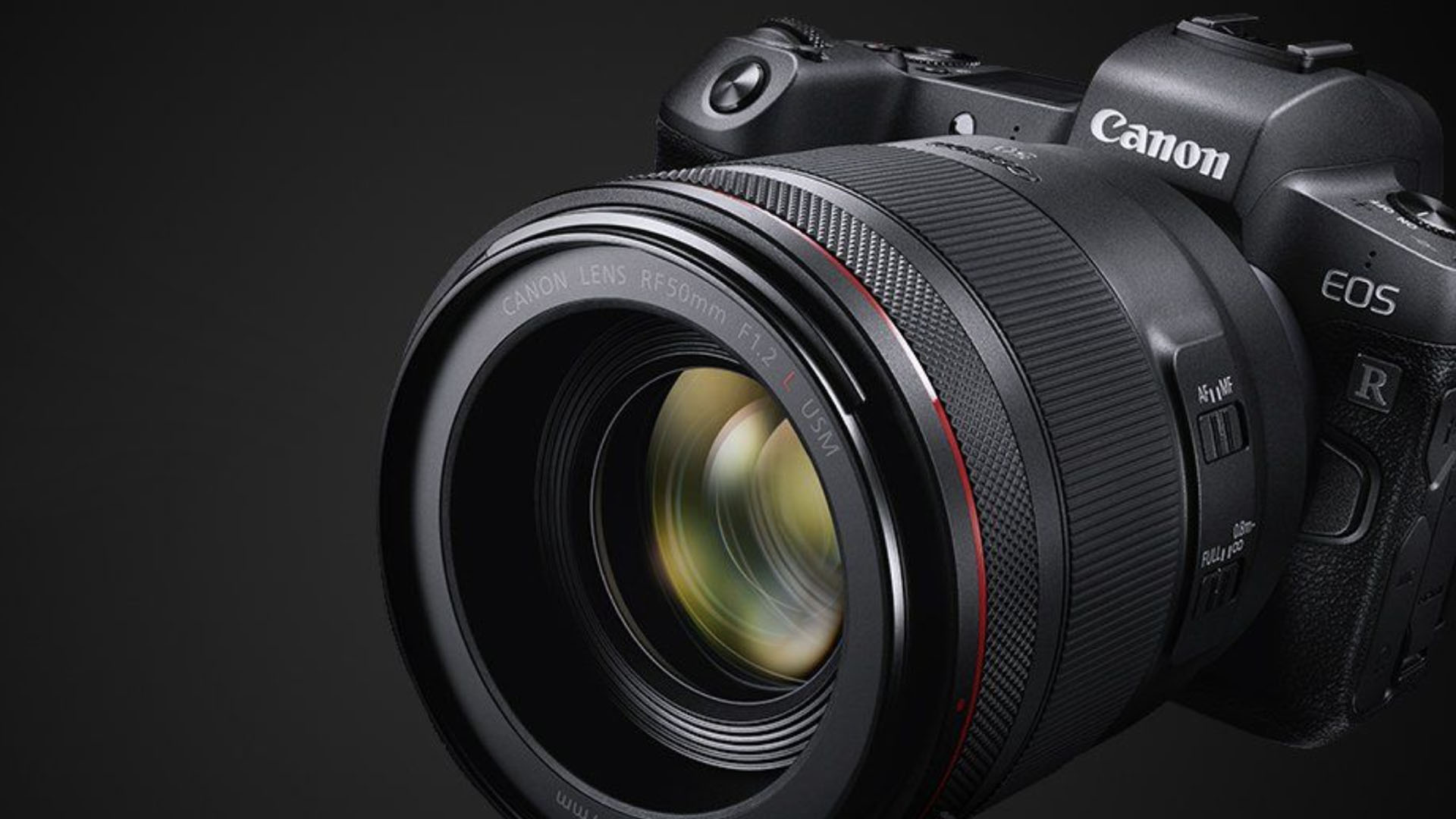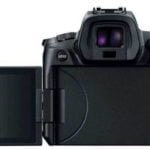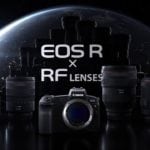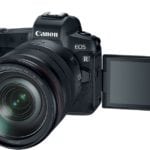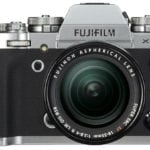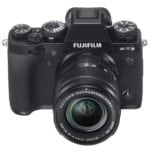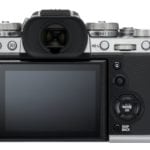Podcast: Download (Duration: 1:13:39 — 137.4MB)
In this episode we discuss the brand new equipment announcements from both Canon and Fuji. New cameras mean new possibilities! But in the case of Canon, is it too little too late? Or is it time for Sony to worry?Also, Fuji continues to refine and innovate, what does their newest camera body bring to the table? Look below for an amazing write-up on the Fujifilm X-T3 by co-host Stephen Scharf!
Picks of the Week:
Jeff: PowerEx Batteries / ProGrade Digital
Stephen: PhotoLemur 3 (Pre-order $35; upgrade only $15!)
Frederick: Jeff Cable's Blog!
Connect with Jeff Cable:
Blog: http://blog.jeffcable.com
IG: @jeffcablephotography
FB: https://www.facebook.com/jeffcablephoto/
Connect with Stephen Scharf
Blog: http://www.stephenscharf.com
IG: @Racing_The_Light
Canon EOS R
FujiFilm X-T3
The New Fujifilm X-T3 is Launched.
by Stephen Scharf
The third in a very successful line of APS-C mirrorless cameras, the FujifilmX-T3 was launched today, Sept. 6th. In a smart move, Fujifilm didn’t mess with success, and kept the overall body design and controls layout essentially identical to the very (to put it mildly) successful Fujifilm X-T2.
Compared to the X-T2, the major upgrades in the X-T3 are for the most part, out-and-out performance and responsiveness-driven. The new 26.1 megapixel back-side illuminated sensor, as well as a brand-new new image processing engine, the X-Processor 4, a quad-core CPU design, result in a significant increase in overall camera responsive and performance, most notably with respect to autofocus speed and tracking performance, low light focusing, and video performance. The new sensor also provides a lower base ISO of 160 and 80 in extended ISO mode. The new processor also requires less power, so battery life is now increased to an average of 390 frames in single-shot mode.
The new APS-C sensor now has 2.16 million phase detection autofocus (PDAF) pixels covering 100% of the sensor, compared to 500,000 PDAF pixels and 38% coverage in the X-T2, and 425 AF points are user-selectable. Continuous high-speed autofocus tracking is specified to be ~150% faster with the new camera’s AF system performing 24o calculations/sec compared to 60 for the X-T2.
Photography for action and sports has been significantly enhanced as the camera no longer requires the Vertical Power Booster Grip to obtain 11 FPS via mechanical shutter and 20 FPS via electronic shutter. Additionally, the X-T3 can be configured to a 1.25X (16.6 megapixel) “Sports Crop Mode” that supports 30 FPS with zero EVF blackout. Rolling shutter in electronic shutter mode has been significantly reduced and is lower than some dedicated digital cine cameras.
Fujifilm has wrung additional performance out of the X-T3 by separating AF system readings from metering system exposure readings. The two functions are now no longer “tied at the hip” and function completely separately to maximize performance for each subsystem, respectively. Additionally, the camera’s low light autofocusing expands from -1 EV to -3 EV. Fujifilm also has significantly increased face detection and eye focus on the X-T3, and the eye-focus will re-lock even after the face has been turned away and then back to the camera.
Another significant increase in functionality and features is support for 4K 60P video at 10-bit 4:2:0 internal and 10-bit 4:2:2 external via HDMI with a mild 1.18X crop. 4K 30P video is provided at full sensor size. 120P is also available in 1080, and H.264 and H.265 codecs are supported. Notable is that the X-T3 also has on-board F-log recording as well as the Eterna cinema film stock-based film profile, which provides a very well-regarded profile for color grading. Dual high-speed UHS-II card slots provide flexibility for data recording, and can be configured for frame capacity, stills/video capture or image redundancy.
The electronic viewfinder has been significantly upgraded with the same 3.69 million dot OLED EVF, and provides 0.75X magnification with,100% coverage and refresh rates up to 100 FPS. The rear LCD has the same basic 4-way tilting design of the X-T2, but now has a touch screen with configurable active zones for controlling AF point selection, touch to focus/shoot, quick menu selections, etc., as well as swiping and pinching-and-zoom in playback mode.
True to Fujifilm’s habit of thinking through even the small details, nice touches abound: the viewfinder eyepiece has been extended from the camera body ~3mm to improve eye relief and will activate by the eye-sensor more quickly than before (0.15 sec). The ISO and shutter speed dials on the top deck are thinner and tapered, allowing thicker drive and metering mode control rings under them that also have taller finger tabs with improved knurling for easier adjustment. The exposure compensation dial is a touch smaller and more inset, and the front and rear command dials have a bit more stiction to prevent accidental changes. A new lockable viewfinder diopter adjustment knob prevents accidental changes in diopter setting. The camera body left side door for interface ports is also removable for use with cables when shooting video in a gimbal or rig, and there is now a headphone jack and a USB 3 port to support in-camera battery charging. Additionally, the menus can be adjusted for contrast and color, including a red-and-gray menu “night vision” display for shooting at night or astrophotography. Regarding image quality, one can now set the color temperature for the much-loved Acros B&W film profile from warm to cool and there is also an auto white balance LOCK feature to adjust for different lighting scenarios.
In summary, the Fujifilm X-T3 looks to be a major upgrade to the already excellent X-T2, incorporating significant new features and functionality along with a bevy of small but nice touches.

